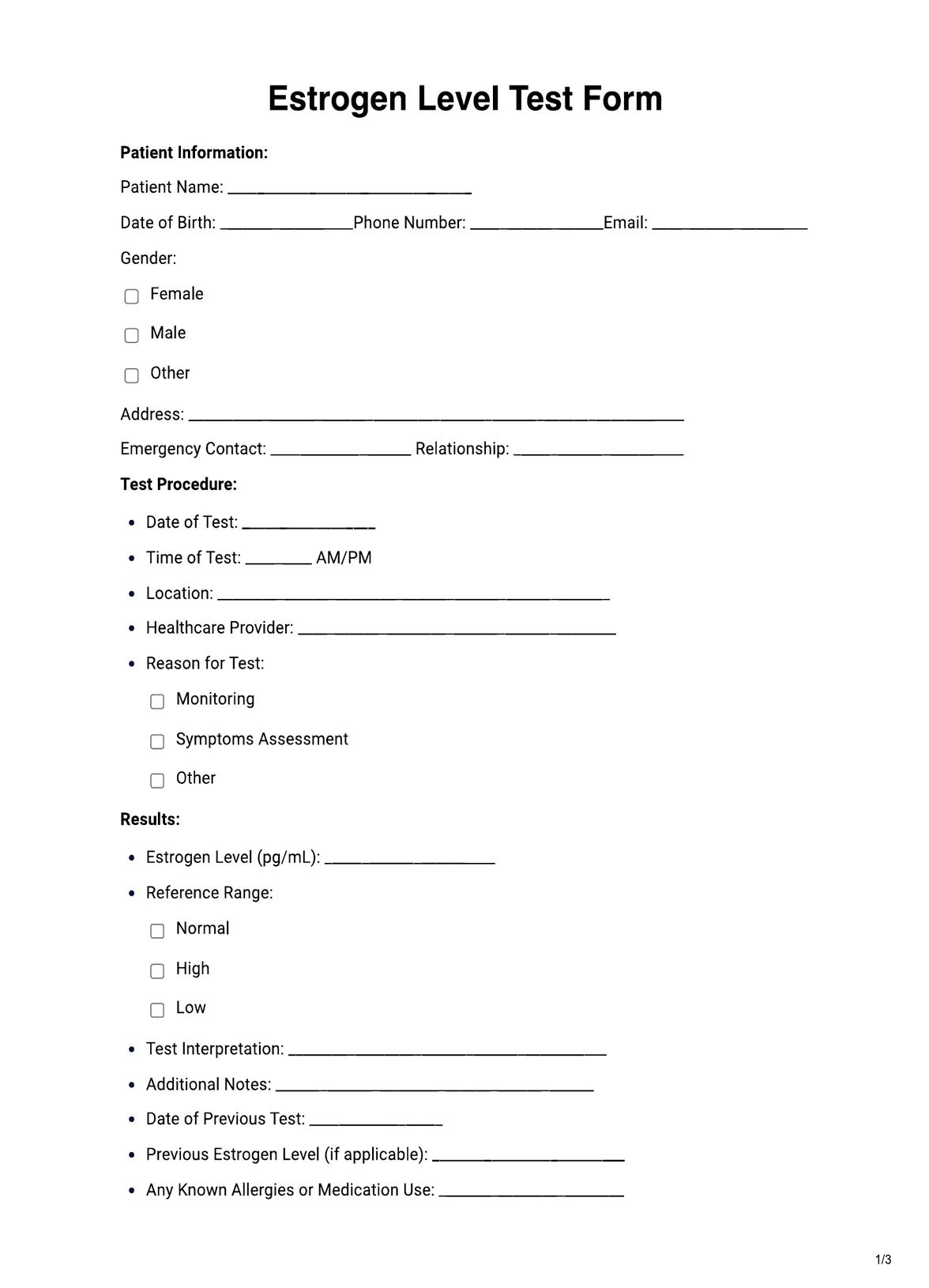A gastroenterologist or other healthcare provider typically requests an esophageal pH test to diagnose and monitor acid reflux, GERD, and related conditions.

Esophageal pH Test Reports
Get access to a free Esophageal pH Test Report template. Create detailed reports for esophageal pH testing and monitor acid reflux and related conditions.
Esophageal pH Test Reports Template
Commonly asked questions
During an esophageal pH test, a thin tube is inserted through the nose and into the esophagus. The tube has sensors that measure the level of acidity in the esophagus for a set period, usually 24 to 48 hours. The results are recorded and analyzed by a computer and then reported to the healthcare provider.
Esophageal pH Tests can diagnose and monitor acid reflux, GERD, and related conditions. They may also be used to evaluate the effectiveness of treatment plans or assess any changes in a patient's condition.
EHR and practice management software
Get started for free
*No credit card required
Free
$0/usd
Unlimited clients
Telehealth
1GB of storage
Client portal text
Automated billing and online payments











